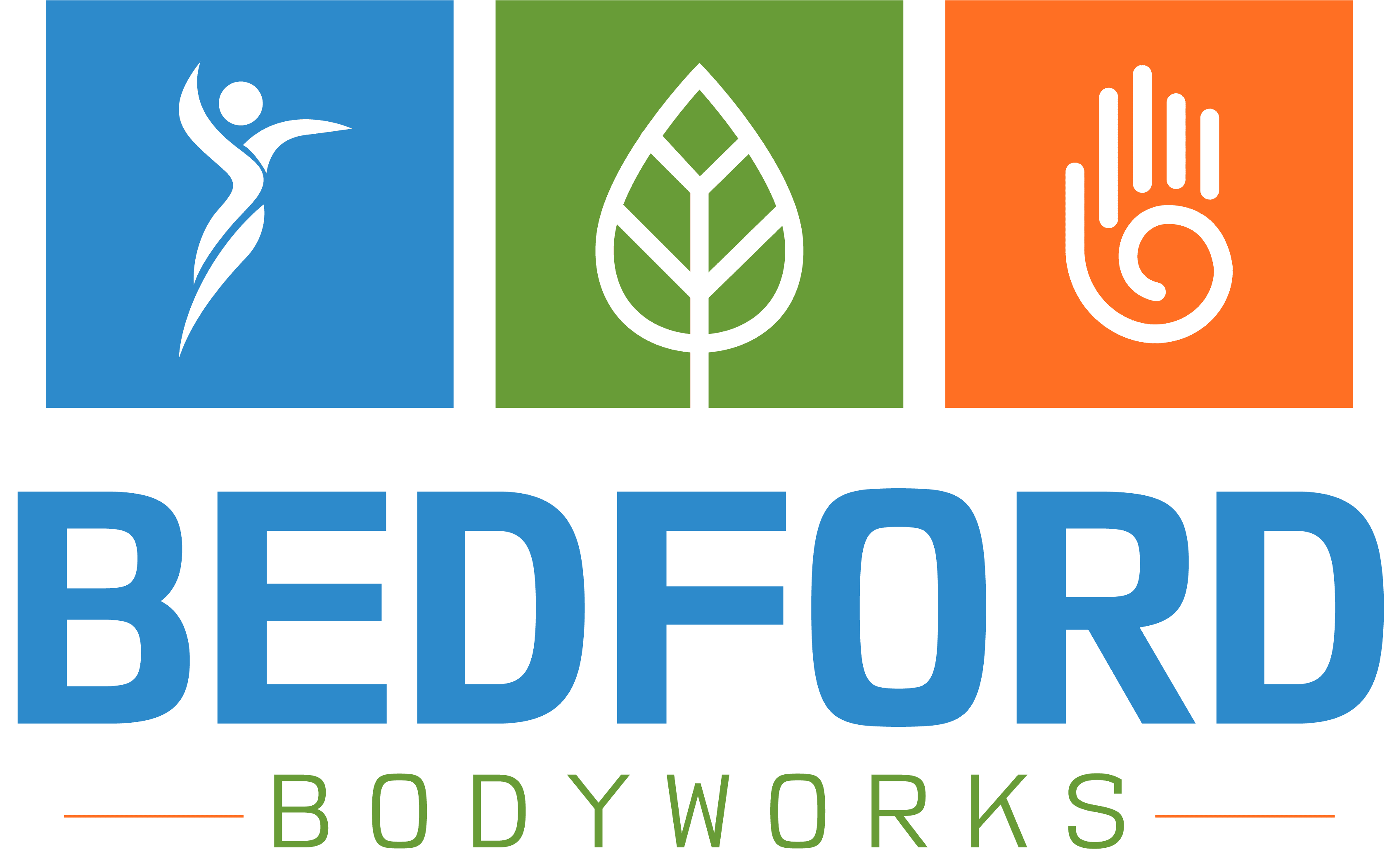Recovery Techniques for Athletes: Enhancing Performance and Preventing Injuries

Posted on March 18th, 2024.
Are you constantly pushing your body to its limits in pursuit of athletic excellence? Whether you're a professional athlete striving for gold medals or a dedicated amateur aiming for personal bests, understanding the science behind effective recovery techniques is paramount.
In this comprehensive guide, we delve deep into the world of athletic recovery, exploring a diverse range of strategies to help you recover faster, train smarter, and stay injury-free.
Recovery Techniques for Athletes
1. The Crucial Role of Recovery
Recovery is not merely a passive phase between workouts; it's an active process that enables your body to adapt and thrive in response to training stressors. By prioritizing recovery, you're not only preventing burnout but also optimizing your performance potential.
2. The Power of Restorative Sleep
Quality sleep is the cornerstone of effective recovery. During sleep, your body undergoes essential processes such as muscle repair, hormone regulation, and cognitive restoration. Aim for consistent, uninterrupted sleep of 7-9 hours each night to maximize your body's recovery capacity.
3. Hydration: Your Body's Best Friend
Proper hydration is essential for cellular function, nutrient transport, and temperature regulation, all of which are critical for optimal athletic performance. Keep a water bottle handy and sip regularly throughout the day, especially before, during, and after exercise.
4. Fueling Your Performance with Nutrition
Nutrition plays a pivotal role in both fueling your workouts and facilitating post-exercise recovery. Focus on consuming a balanced diet rich in lean proteins, complex carbohydrates, healthy fats, vitamins, and minerals to support muscle repair, glycogen replenishment, and overall recovery.
5. Embracing Active Recovery
Contrary to popular belief, recovery doesn't mean complete inactivity. Incorporate light, low-impact activities such as walking, cycling, or gentle yoga into your rest days to promote blood flow, reduce muscle stiffness, and enhance recovery without adding additional stress to your body.
6. The Art of Stretching and Mobility Work
Flexible muscles are less prone to injury and perform more efficiently during exercise. Incorporate dynamic stretching, static stretching, and mobility drills into your pre and post-workout routines to improve joint flexibility, range of motion, and overall athletic performance.
7. Harnessing the Power of Foam Rolling
Foam rolling, also known as self-myofascial release, is a cost-effective and convenient way to alleviate muscle tension, improve blood circulation, and accelerate post-exercise recovery. Spend a few minutes rolling out major muscle groups such as the calves, hamstrings, quadriceps, and back to release knots and trigger points.
8. The Healing Touch of Massage Therapy
Regular massage therapy sessions can work wonders for athletes by promoting muscle relaxation, reducing inflammation, and enhancing tissue healing. Whether you opt for Swedish massage, deep tissue massage, or sports massage, prioritize regular bodywork to support your body's recovery needs.
9. Embracing the Chill: Cold Therapy
Cold therapy, in the form of ice baths, cold showers, or cryotherapy, can effectively reduce post-exercise inflammation, muscle soreness, and swelling by constricting blood vessels and numbing nerve endings. Incorporate cold therapy into your recovery routine, especially after intense or prolonged workouts.
10. Harnessing the Power of Compression Gear
Compression garments such as socks, sleeves, and tights exert graduated pressure on the limbs, promoting blood circulation, reducing muscle oscillation, and accelerating the removal of metabolic waste products. Consider wearing compression gear during and after exercise to enhance performance and expedite recovery.
11. Soothing Muscle Aches with Epsom Salt Baths
Epsom salt, or magnesium sulfate, has long been hailed for its therapeutic properties, including muscle relaxation, pain relief, and stress reduction. Add a few cups of Epsom salt to a warm bath and soak for 15-20 minutes to ease sore muscles and promote overall relaxation.
12. Embracing the Contrast: Hot-Cold Therapy
Contrast therapy, alternating between hot and cold treatments, can stimulate circulation, reduce inflammation, and accelerate recovery by promoting vasodilation and vasoconstriction. Experiment with contrast showers, hot-cold packs, or immersion baths to reap the benefits of this versatile recovery modality.
13. Maximizing Post-Workout Nutrition
Optimize your post-exercise recovery by consuming a combination of carbohydrates and high-quality protein within 30-60 minutes after training. This window of opportunity, known as the "anabolic window," allows your body to replenish glycogen stores, repair damaged muscle tissue, and kickstart the recovery process.
14. Cultivating Mind-Body Harmony
Incorporate stress-reducing practices such as deep breathing exercises, mindfulness meditation, or gentle yoga into your daily routine to promote mental relaxation, enhance recovery, and optimize athletic performance.
15. Honoring Your Body's Signals
Above all, listen to your body's cues and signals. Pay attention to signs of fatigue, pain, or overtraining, and adjust your training volume, intensity, and recovery strategies accordingly. Remember, recovery is a personalized journey, and what works for one athlete may not work for another.
Reach out
Ready to take your athletic performance to new heights? Contact Bedford Bodyworks LLC at 904-430-3544 or email [email protected] to discover how our tailored services can support your journey to excellence.
Connect for Your Wellness Odyssey!
Embark on a journey to rejuvenate your body and mind. Fill out the form below, and let's start sculpting a healthier, happier you together! Your path to wellness begins here.
